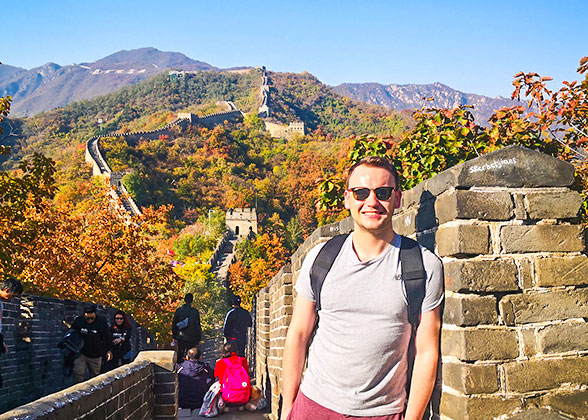Wild Great Wall in Beijing
Wild Great Wall is a collective name for those sections retaining their original appearance with either slight or none renovation. Usually, these areas are rarely visited by people and overgrown with weeds, and the Great Wall has suffered from the erosion of wind and rain and human damage, leaving it in a dilapidated state. However, it is precisely this “wildness” that gives tourists the most authentic experience of the most original Great Wall. Boasting perilous terrains, breathtaking scenery, and distinctive architectural features, these wild Great Wall sections attract countless hiking enthusiasts.
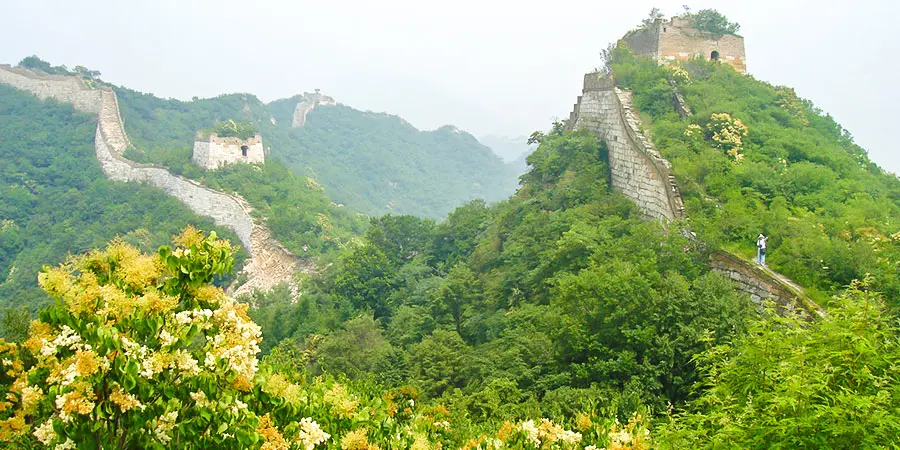 |
| Jiankou Great Wall |
In Beijing, where the Great Wall stretches over 500 kilometers (300 miles), more than 90% of it remains in its wild state. Among these, the Jiankou Great Wall and the Gubeikou Great Wall are the most renowned.
Top 5 Wild Great Wall in Beijing
1. Jiankou Great Wall (Arrow Nock Great Wall)
The Jiankou Great Wall stands as the most celebrated and emblematic wild section of the Great Wall in Beijing, famed for its precarious terrain and stunning vistas. Its steepness can daunt even the most seasoned hikers, yet it simultaneously ignites the adventurous spirit within. Standing atop the “Nine-Eyed Tower”, the highest point, and overlooking Beijing; conquering the “Sky Stair”, which boasts an incline of over 80 degrees; and pausing at the “Beijing Knot”, where three sections of the Great Wall converge, every moment along the Jiankou Great Wall hike will leave you with unforgettable memories.
 Further Reading: Jiankou Great Wall Hiking
Further Reading: Jiankou Great Wall Hiking
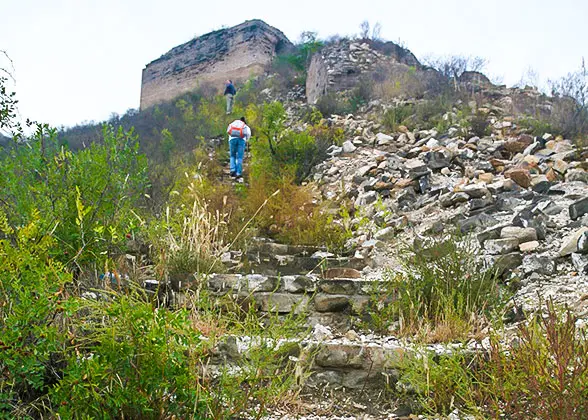 |
| Gubeikou Great Wall |
The Gubeikou Great Wall has never been renovated, preserving its original appearance to the greatest extent. Some sections of the wall from two different dynasties stand side by side, forming a unique “Double-Line Great Wall”. Surrounded by beautiful scenery and steep mountains, it is deeply loved by hikers. Unlike the Jiankou Great Wall, which demands a high level of hiking experience, the Gubeikou Great Wall offers a more moderate challenge, making it accessible to a broader range of hikers. Additionally, being adjacent to the renovated Jinshanling Great Wall, tourists can incorporate both sections into a single hiking itinerary, thus experiencing the Great Wall from diverse perspectives.
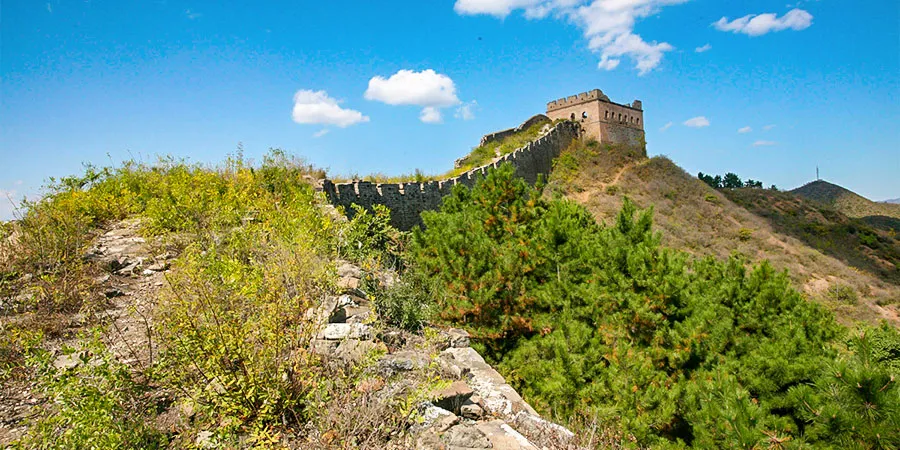 |
| Lupiguan Great Wall |
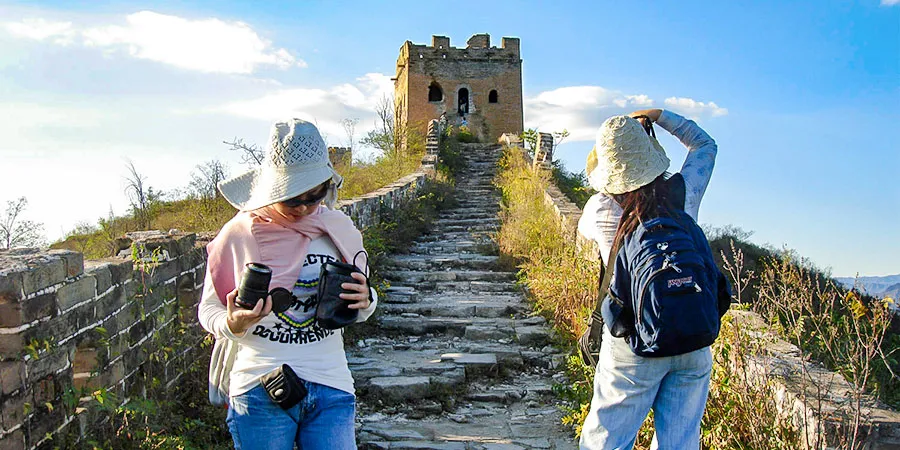 |
| Sizuolou Great Wall |
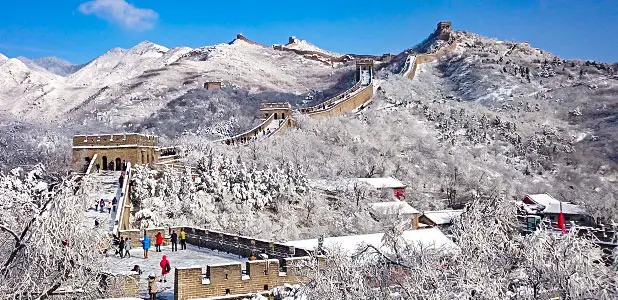 |
| Qiangzilu Great Wall |
More Wild Great Wall Sections in Beijing
Wild Great Wall Travel Tips - Dos and Don'ts
| Dos | Don'ts |
|---|---|
| Check the weather before your visit. | Don't go there when it rains, snows, or thunders. |
| Wear water-resistant, breathable, and windproof clothes, and hiking boots. | Don't wear short sleeves, breeches, and sandals. |
| Take a compass or hand-held GPS to help you find your way in the absence of obvious direction signs. | Don't wander off the established paths to prevent getting lost. |
| Finish your hike before dark. | Don't linger until sunset, as it's easy to lose your way in the unlit expanse. |
| Find companions or hire a professional guide. | Don't try this alone. |
| Pack an adequate supply of snacks and water, as there are no shops along the route. | Don't eat wild fruits along the path, as they may be poisonous. |
| Choose safe paths and watch your step. Use both your hands and feet to get through steep segments. | Don't try any dangerous moves while climbing. |
More Hiking Tips:
Great Wall Hiking Checklist: 15 Things that Expert Hikers Always Take
Recommended Tours
- Last updated on Aug. 06, 2025 by Gabby Li -
